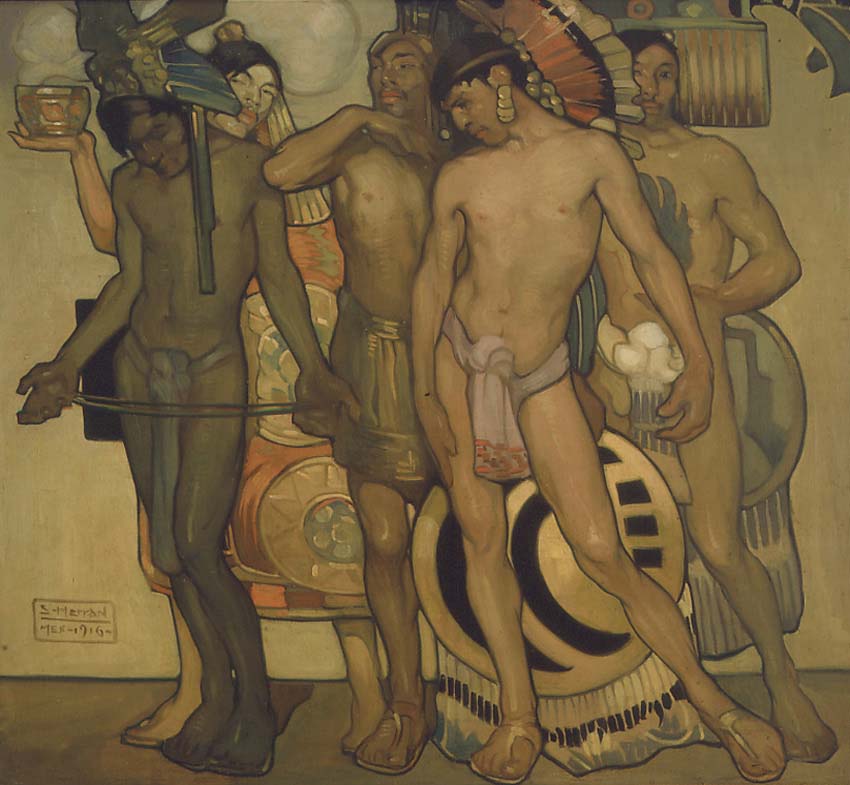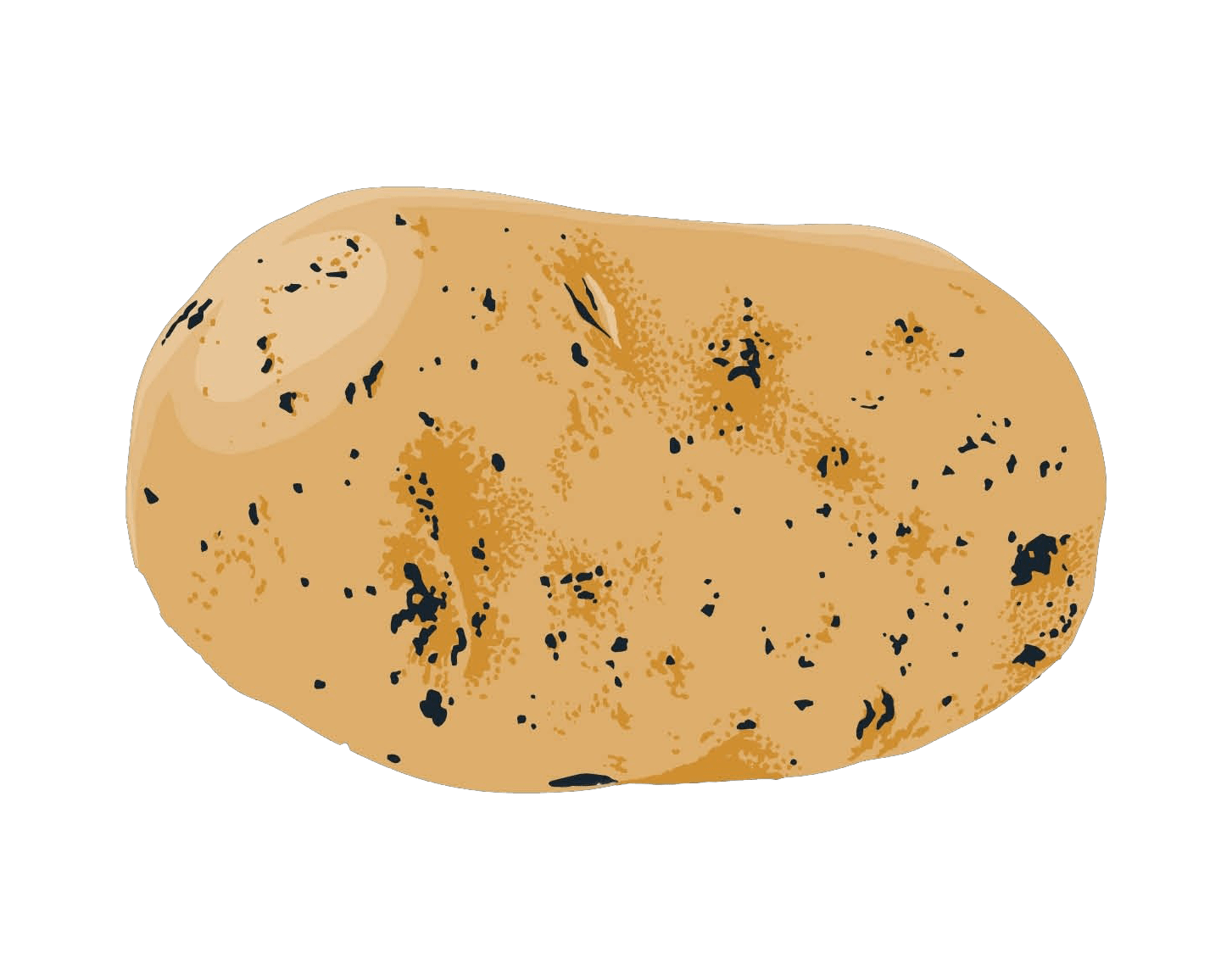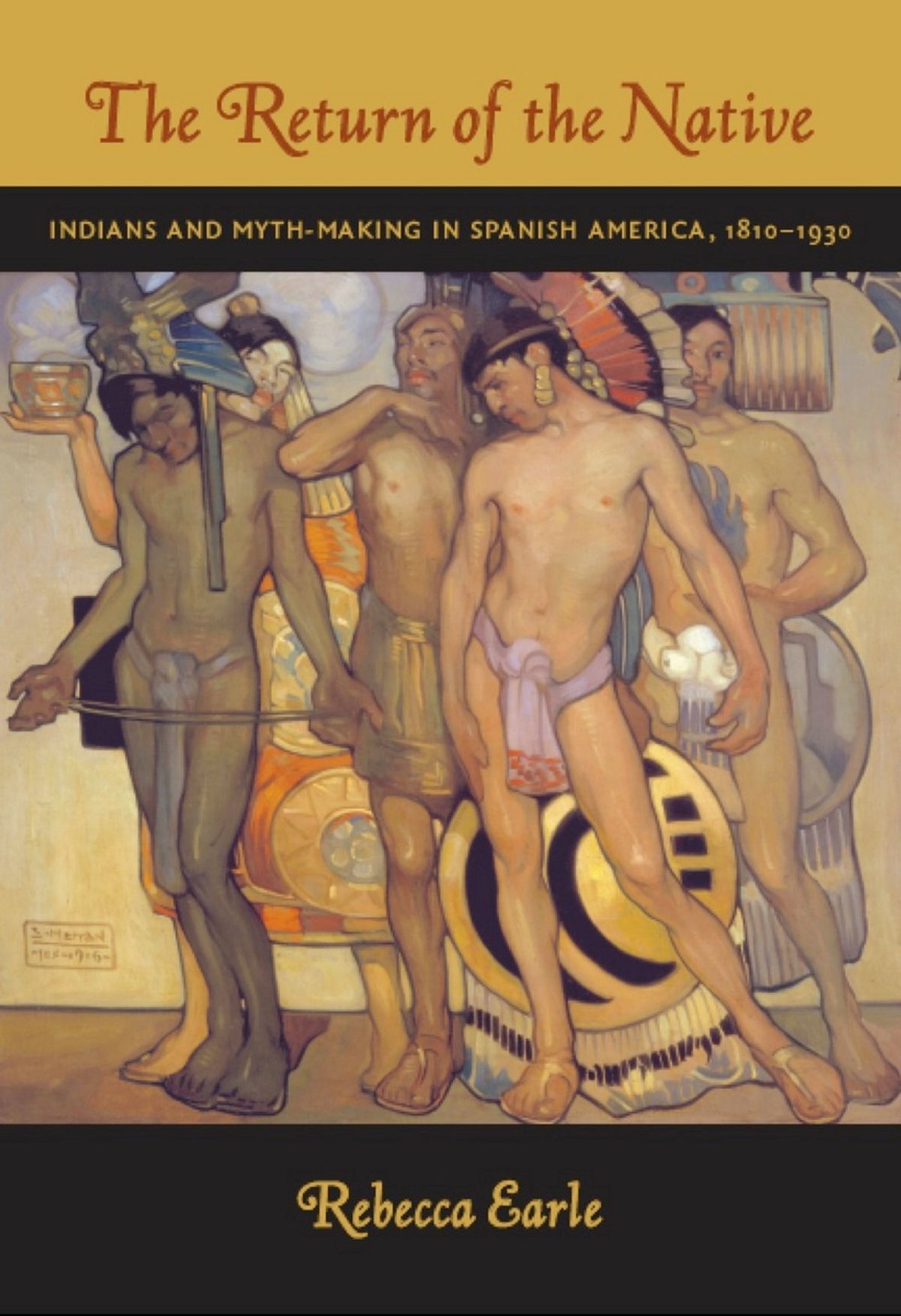Nationalism
Nations are ‘imagined’ into existence. The idea that nationalism is an imaginative construct, popularised by Benedict Anderson in his 1983 Imagined Communities, has become axiomatic in the humanities and the social sciences. My research has explored the ways in which elite nationalists in postcolonial Spanish America imagined their nations during the nineteenth century. I was particularly interested in the place of ancient indigenous cultures such as the Aztecs or Incas in these imaginings. The Return of the Native: Indians and Mythmaking in Spanish America traces white nationalists’ ambivalent relationship with the precolonial past. Drawing on a vast archive of sources from postage stamps and place names to legislation designed to protect precolumbian ruins, it tells a coherent story about the emergence of official nationalism across Spanish America. En route it also explains why the Argentine flag features a giant golden sun, and why there are metro stations in Mexico named after Aztec emperors.
I’ve also looked at the invention of ‘national costume’ in Latin America. ‘Nationalism and National Costume in Spanish America’, which appeared in The Politics of Dress in Asia and the Americas, explains how and why the outfits of gauchos and the Mexican ‘china poblana’ began to be celebrated as national. Beauty pageants also feature in the analysis.

Saturnino Herrán, ‘Nuestros dioses antiguos’ [‘Our Ancient Gods’], 1916
Books
All Relevant Publications
| Year | Category | Publication Type | Title | Publisher | Link |
|---|---|---|---|---|---|
| 2008 | Scholarship | Book | The Return of the Native: Indians and Myth-Making in Spanish America, 1810–1930 | Duke University Press | Link |
| 2007 | Scholarship | Book Chapter | Nationalism and National Costume in Spanish America in The Politics of Dress in Asia and the Americas | Sussex Academic Press | Link |
Relevant Blog Posts
No Results Found
The page you requested could not be found. Try refining your search, or use the navigation above to locate the post.

